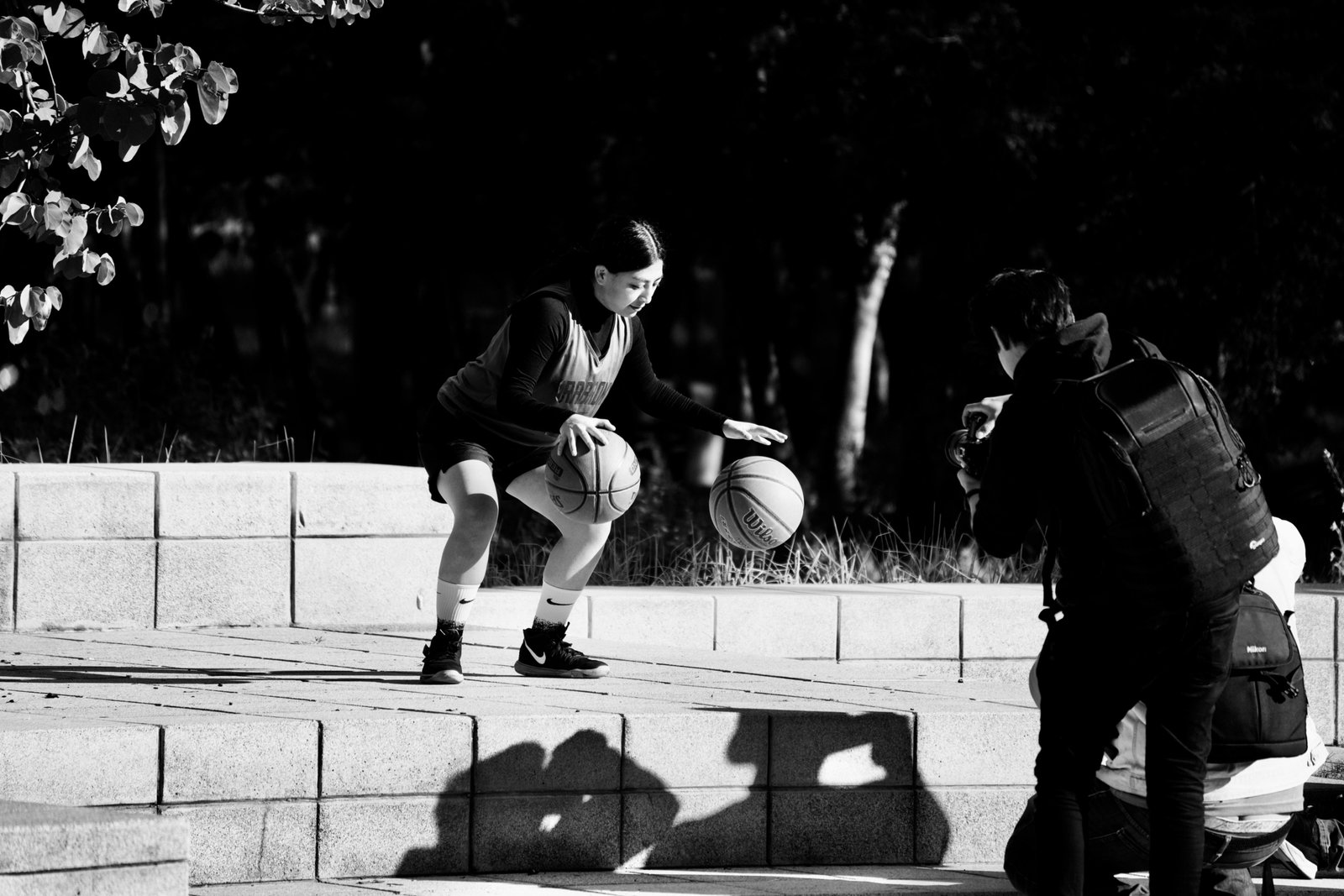The Ultimate Guide to Understanding Basketball Traveling Rules
Understanding the official basketball traveling rules can be one of the most confusing parts of the game for new players and even some fans. A traveling violation can stop a great play in its tracks. Therefore, mastering these rules is essential for anyone who wants to play or appreciate the sport. This guide breaks down everything you need to know in simple terms.
What is a Traveling Violation in Basketball?
In simple terms, traveling is an illegal movement of the feet while holding the ball. The rules dictate how many steps a player can take without dribbling. For instance, if you catch the ball while standing still, you cannot start moving without first dribbling. Consequently, taking too many steps results in a turnover, giving the ball to the other team.
Understanding the Pivot Foot
The concept of the pivot foot is central to the basketball traveling rules. When a player holding the ball has one foot planted on the floor, that foot is their pivot foot. It must remain in contact with the ground, although the player can lift it to pass or shoot. However, the pivot foot must not be returned to the floor before the player releases the ball.
Starting a Dribble
If you want to start dribbling, you must release the ball from your hands before lifting your pivot foot. This is a common mistake for beginners. Remember this simple sequence: dribble first, then move your pivot foot. Following this order will help you avoid a violation.
After Stopping a Dribble
Once you stop dribbling and hold the ball, you are allowed a certain number of steps. If you are standing still, you can establish a pivot foot. If you are moving, you can take two steps to come to a stop, pass, or shoot the ball.
The Gather Step: What’s Allowed?
The “gather step” has become a major point of discussion in modern basketball. This rule allows a player to take a step as they are gathering or gaining control of the ball. This step does not count towards the two steps allowed after the gather is complete. Essentially, this can look like a player is taking three steps, but it is often legal. This rule, sometimes called the “zero step,” provides players with more freedom to move towards the basket.
Key Differences in Basketball Traveling Rules (NBA vs. FIBA)
It is important to note that basketball traveling rules can vary slightly between different leagues. The NBA, for example, is generally more lenient with the gather step than FIBA (International Basketball Federation). FIBA rules are often stricter, leading to more traveling calls in international games. Therefore, players must adapt their footwork depending on the rulebook they are playing under.
Common Traveling Scenarios and How to Avoid Them
To master your footwork, you should be aware of common mistakes. By recognizing these scenarios, you can actively prevent them in your own game.
- Lifting the Pivot Foot: Always dribble before lifting your pivot foot when you are stationary. Practice this move slowly to build muscle memory.
- Too Many Steps on a Layup: After gathering the ball while driving to the hoop, you are only allowed two steps. Count your steps consciously during drills.
- Shuffling Your Feet: When you are holding the ball and feeling pressured, avoid shuffling or adjusting your feet. Stay calm and keep your pivot foot planted firmly.
- Falling to the Floor: If you fall to the floor with the ball, you cannot get up or roll over while holding it. This is considered traveling. You must pass, shoot, or call a timeout.
In conclusion, while the basketball traveling rules might seem complex at first, they are based on a few core principles. Understanding the pivot foot and the two-step limit is fundamental. As a result, you’ll play with more confidence and avoid costly turnovers by practicing correct footwork.



